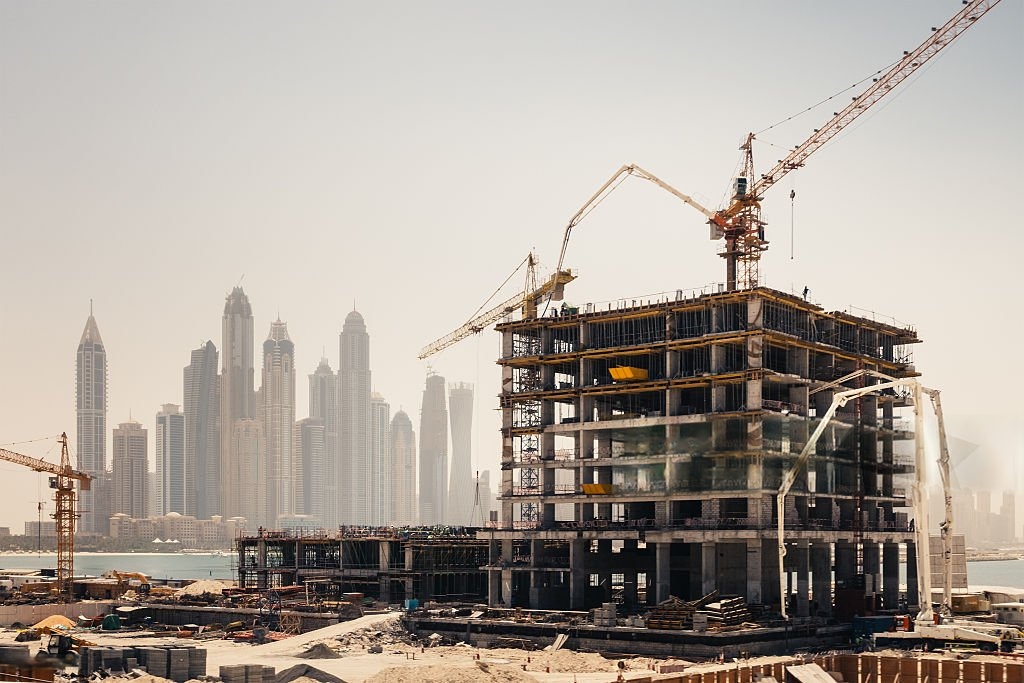Construction is the process of building or assembling structures, buildings, and infrastructure. It involves planning, designing, and execution using various materials, equipment, and skilled labors to create a well-designed and satisfying product. Construction can include everything from residential homes to commercial buildings to roads, bridges, and other forms of infrastructure. It is a multipart procedure that requires careful attention, safety, and compliance with regulations and building codes. The construction industry is currently a vital part of the global economy, providing employment and contributing to the growth and development of communities around the world.

When you partner with Orbitplanet, you not only get innovative solutions, you get our fully vested team and a commitment to doing things right. Our relentless focus on success leads to smarter more collaborative building practices.